Murata is the world's leading manufacturer of electronic components, which was established in October 1944. The main products are ceramic capacitors, which has the highest market share in the world. Other leading products include ceramic filters, high-frequency components and sensors.
With the smooth entry into the Apple industry chain, Murata ushered in a period of steady growth in performance. In 2017, Murata achieved revenue of 1,371.842 billion yen (US$12.86 billion), a year-on-year increase of 20.81%, and net profit of 146.86 billion yen ($1.372 billion).
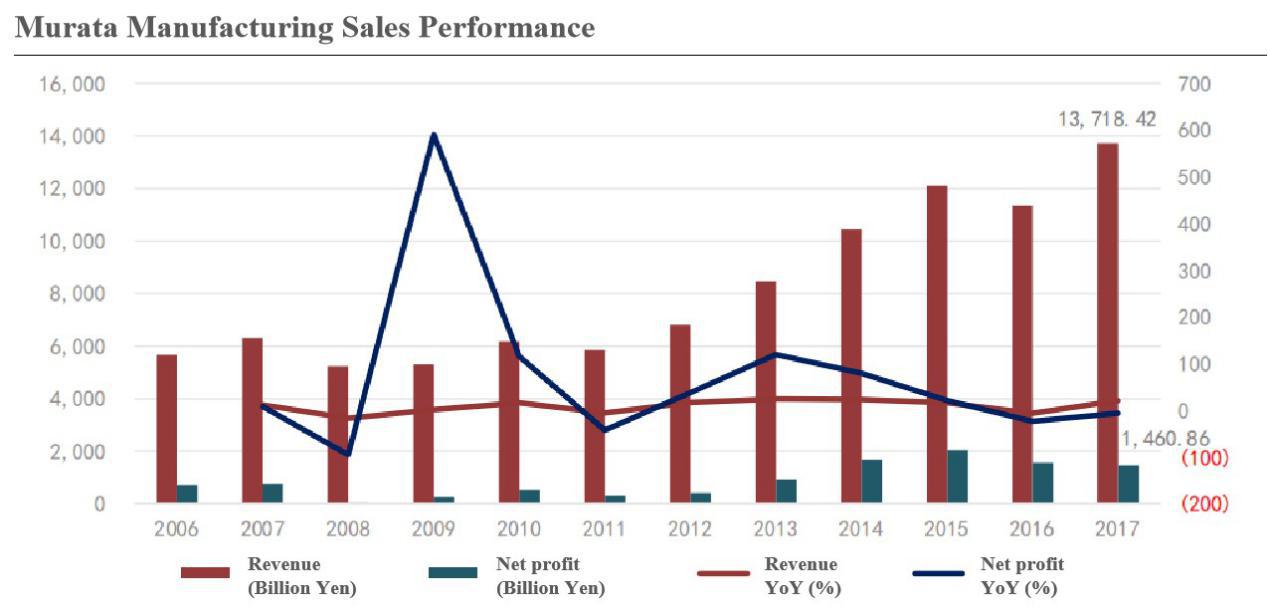
Murata's revenue in 2017 was US$12.86 billion, of which passive components accounted for approximately 52.3%, which was approximately US$6.74 billion, accounting for approximately 20% of the global market. In terms of subdivided products, the company has become the world's largest manufacturer of MLCC and inductors.
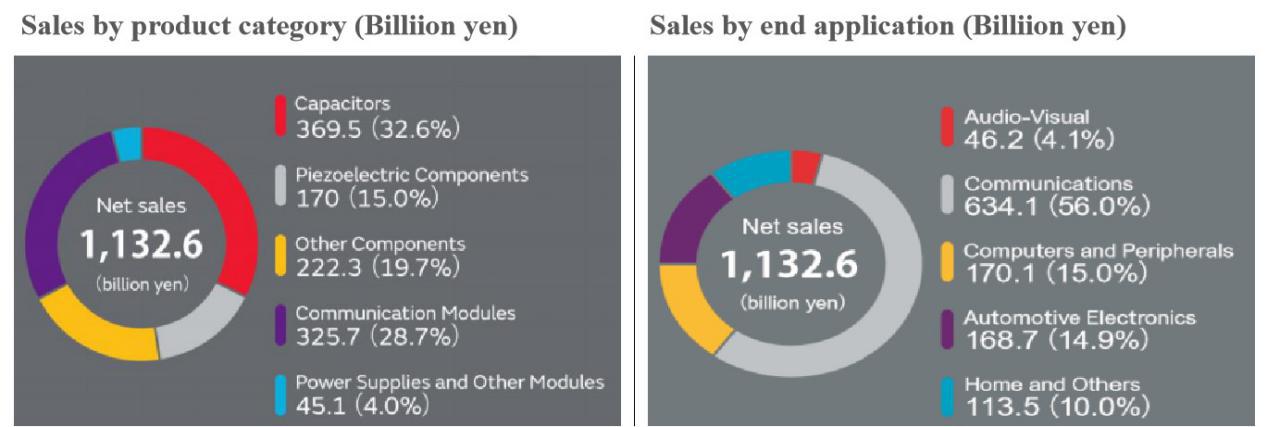
Murata was originally built in 1944 and was founded by Akira Murata (1921-2006) in Kyoto, Japan. Initially, Murata was just a small workshop of 150 square meters, mainly producing titanium oxide ceramic capacitors for superheterodyne radios. It is precisely because of the end of World War II that Japan is in a period of extreme chaos, and radio is the only source of entertainment and information. Compared with the previous super-regeneration method, the superheterodyne radio has been rapidly popularized with its outstanding performance.
In 1955, with the popularity of transistor radios, Murata's ceramic filters and ceramic capacitors had great market demand. In the 1990s, the company's antenna duplexer GIGAFIL made a huge contribution to the miniaturization and multi-functionality of digital mobile phones.
In order to adapt to this growing demand, Murata established a production and sales company in Thailand in 1988 and began to enter a global production and sales model. In 1994, a production and sales company "Wuxi Murata Electronics Co., Ltd." was established in China. Today, Murata has become a global company with tens of thousands of employees.
Murata is the world's largest MLCC manufacturer, occupying an absolute leading position. Since the advent of the MLCC, the company has maintained its number one position in the world, with a global share of never less than 20%. In the high-end market, its market share is higher. Since 2016, the company has begun to reduce the production capacity of ordinary MLCC and shifted its strategic focus to high-end MLCC markets such as automotive and industrial.
The key to the success of Murata MLCC is continuous innovation and promotion, relying on R&D to achieve horizontal layout of materials, manufacturing, distribution and other industrial chains, and vertically enhance the types of products.
First, insist on innovation and promotion of new products, including promoting new products and opening up new markets in existing markets, and making new products and new markets a key assessment indicator for mid- and long-term success.
Second, the key to company innovation comes from the vertical integration of upstream materials to products, involving materials technology, pretreatment technology, product design technology and post-processing technology. Good electronic components come from good materials. Murata does not blindly pursue scale, but pays more attention to mastering the source and core of upstream materials.
Third, improve their strategic layout through mergers and acquisitions and cooperation. In the past five years, the company has carried out a series of mergers and acquisitions around its core business to improve its technology and product line, including capacitors, sensors, crystals, power amplifiers, communication modules and polymer materials, and continuously improve its industry competitiveness.

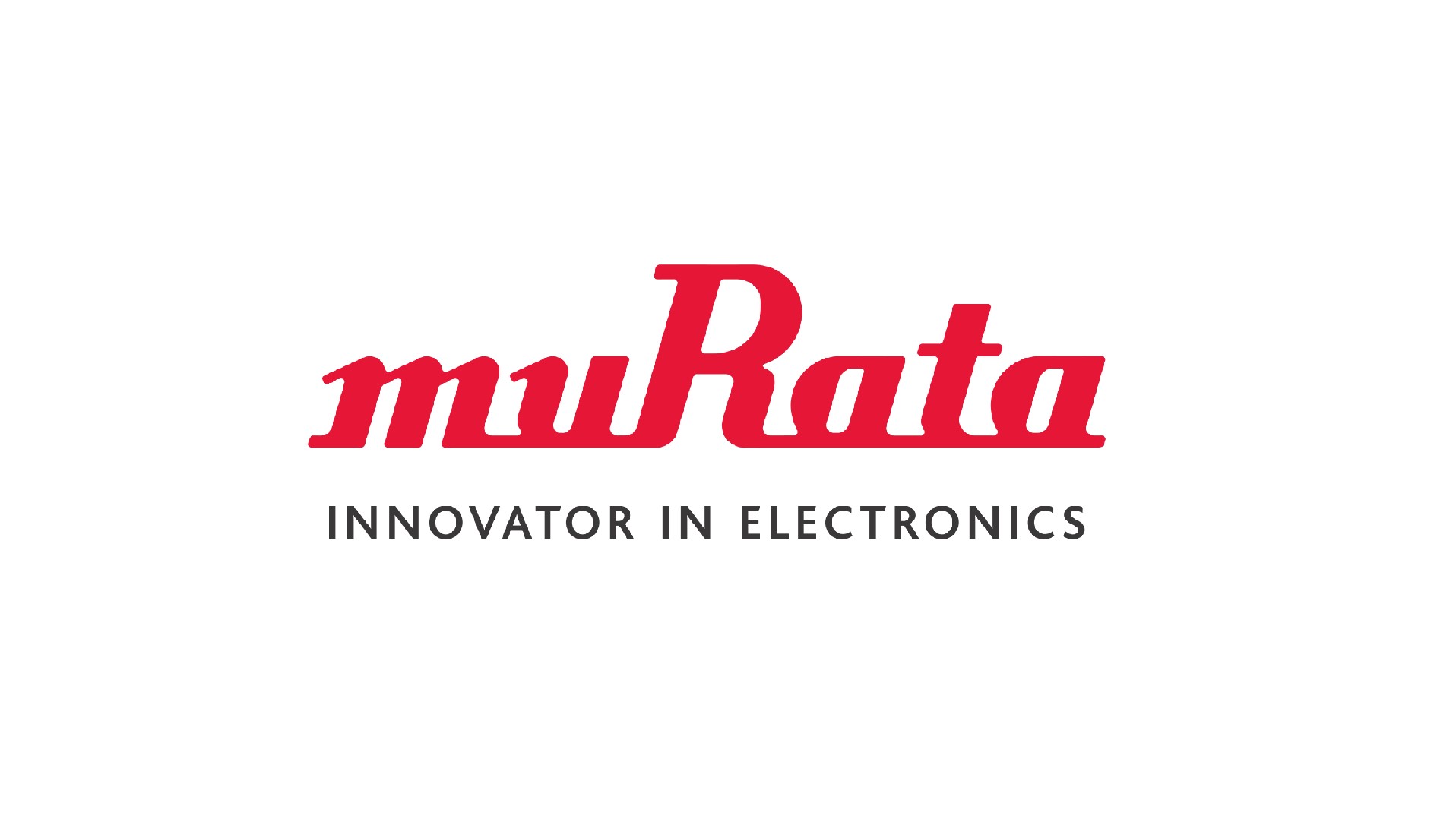






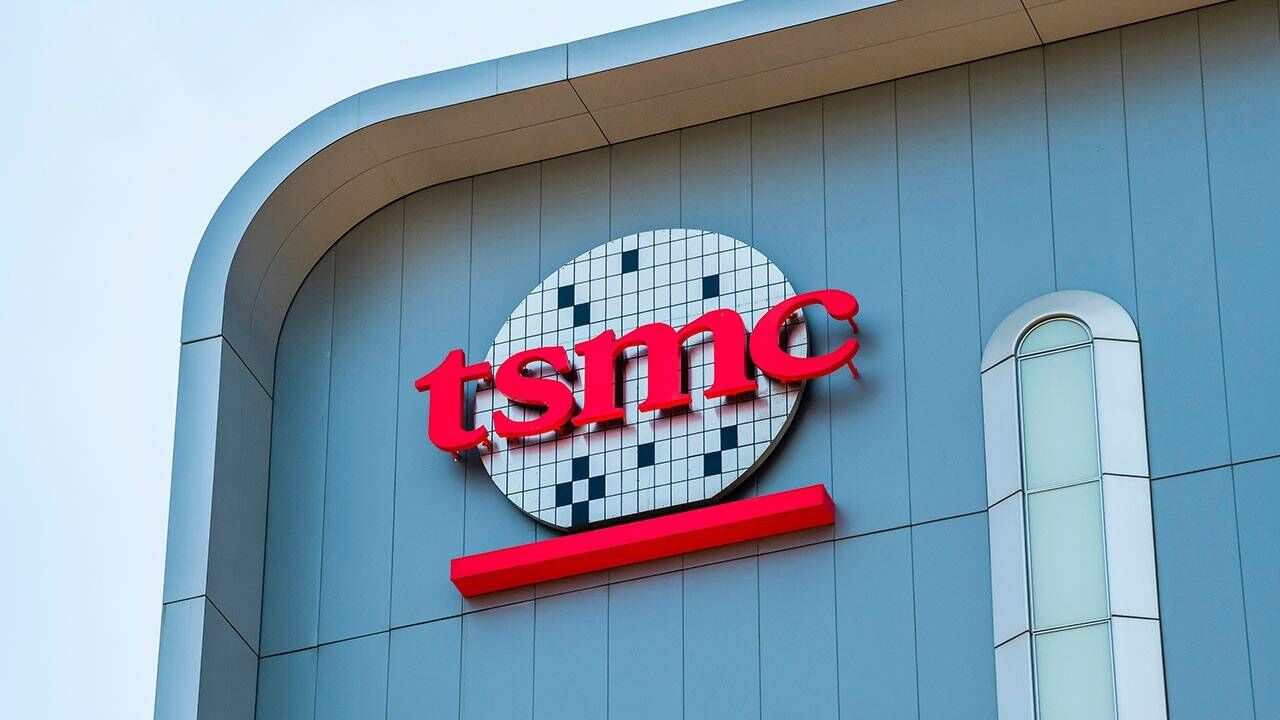
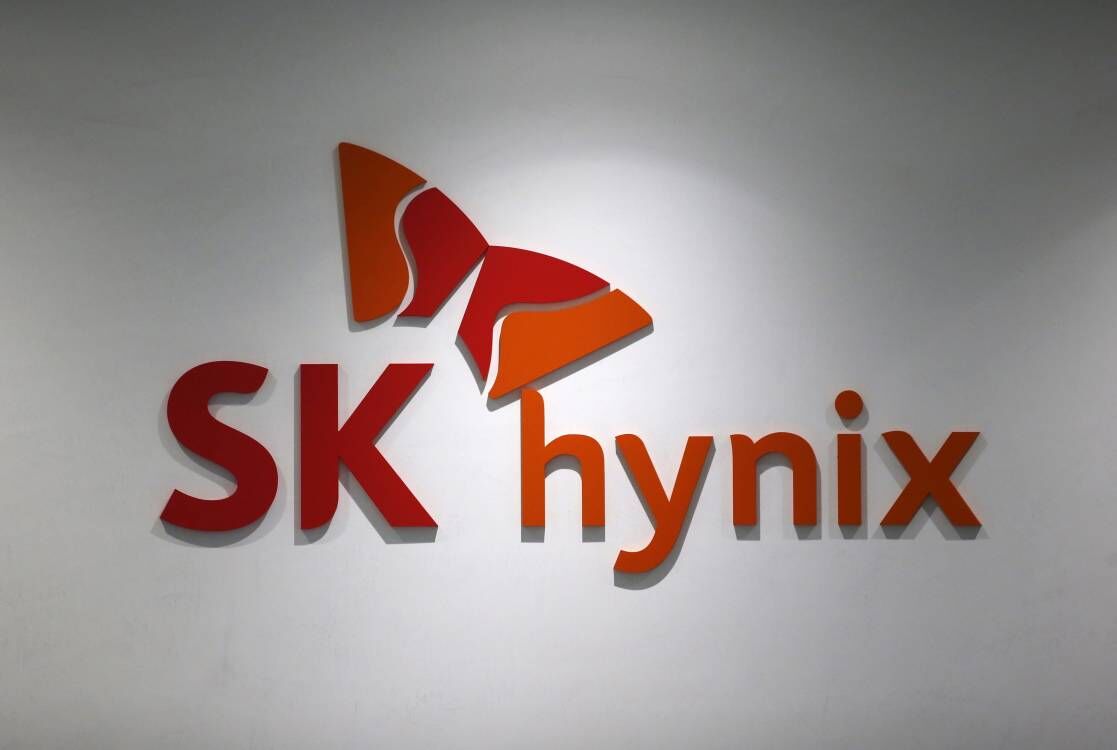
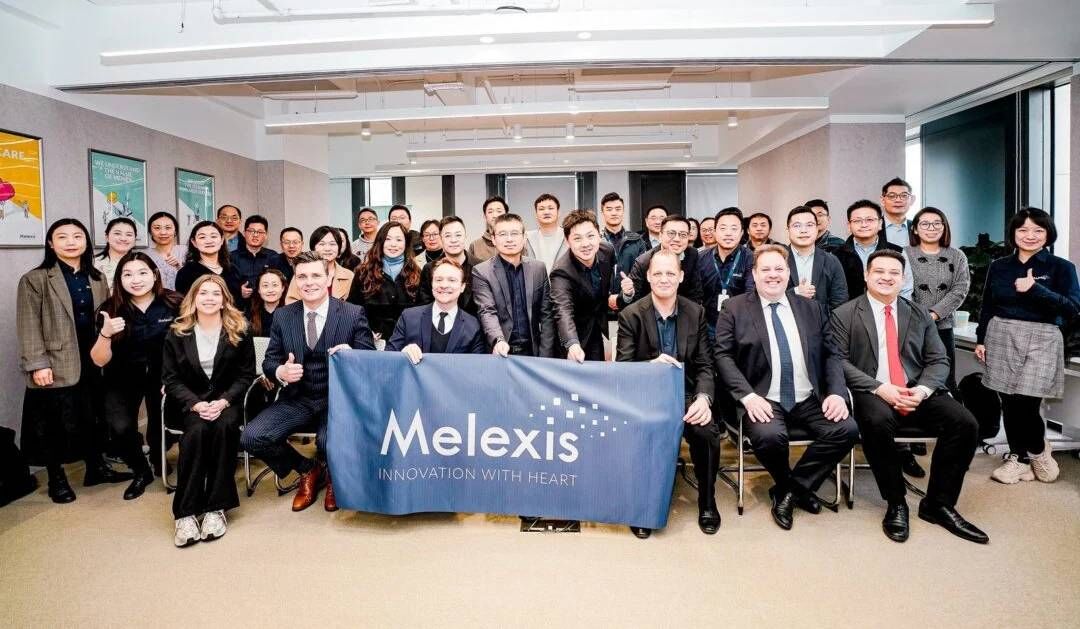
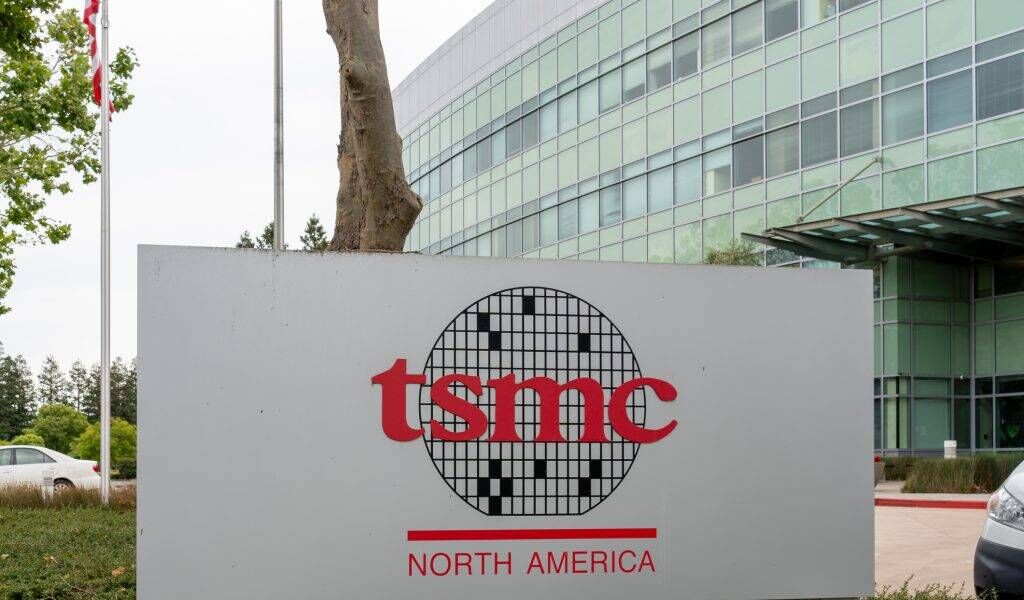
All Comments (0)